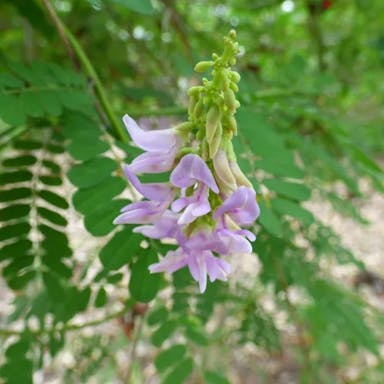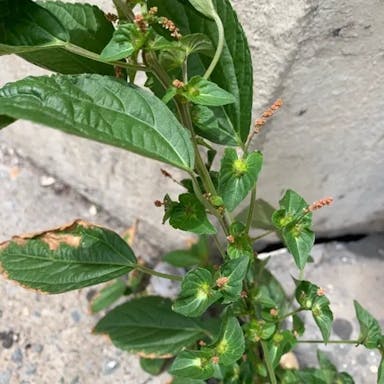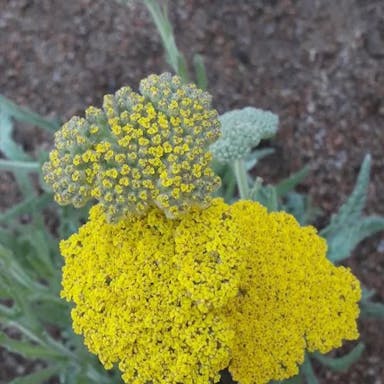Eastern woodland sedge offers two main varieties: 'Silver Sedge' and 'Green Sedge'. 'Silver Sedge' features silvery-green foliage, while 'Green Sedge' displays vibrant green leaves. When selecting seedlings, opt for those with healthy, well-established root systems. Look for seeds that are plump, firm, and free of mold. Ensure seedlings have no signs of disease or pest damage. Prioritize purchasing from reputable nurseries to guarantee quality. It is essential to choose varieties that suit your garden's light and soil conditions. Research each variety's specific requirements for optimal growth.
0
0








